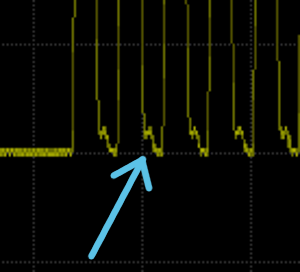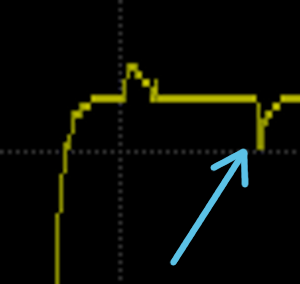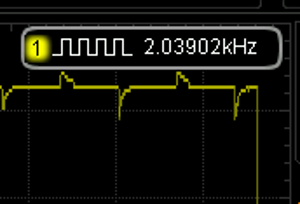I have some issues with both SPI and I2C.
First 3 pictures are I2C, the next 4 are SPI (MISO, MOSI, 2x clock).
Hardware: Teensy 3.5 with: SSD1306_128X64 OLED, DS3231 RTC, BME280 sensor and on SPI is a nRF24L01+ transceiver.
Look at those artefacts in I2C and its slow rise time... what is going on there?
The SPI doesnt look too good as well, but I dont know if that might be normal.
I2C has 4,7k pullups (see picture) and it doesnt seem to be the external hardware causing this, it works fine with atmega328p (Pro Mini) and still persists with a different radio and BME280.
Both I2C and SPI cause intermittent issues due to this, so RF not receiving and the sensor not reading data once in a while.
Im up to suggestions now after trying to find the problem for lots of hours and reading nearly everything about issues with nRF24L01+.
So... wiring or the teensy 3.5?
I could pull the Teensy 3.5 out and "hotwire" a Teensy 3.2 in the same slot as well as redo the wires...
But for now I want to see what you guys say. And others can find this thread if they happen to get such weird problems as there is nothing like this so far.
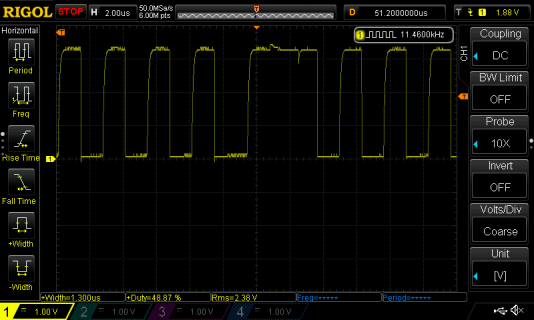
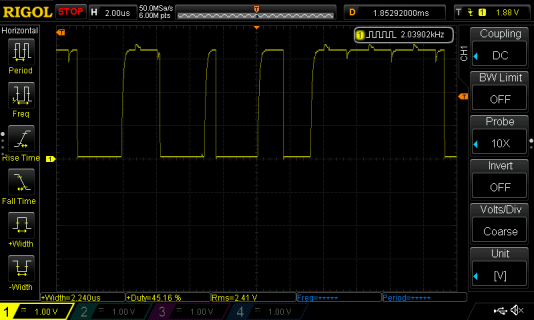
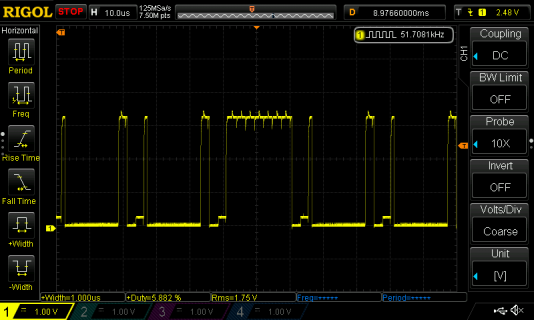
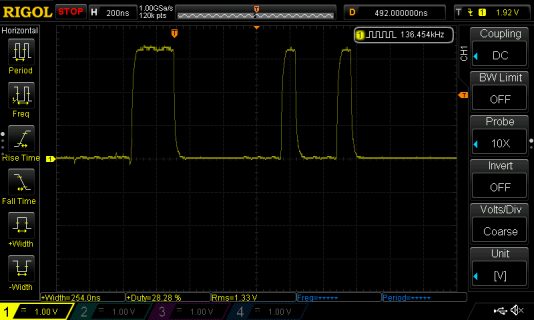
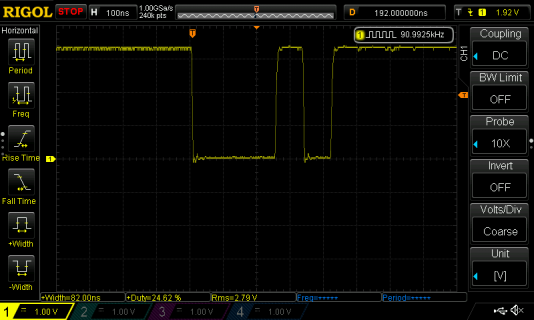



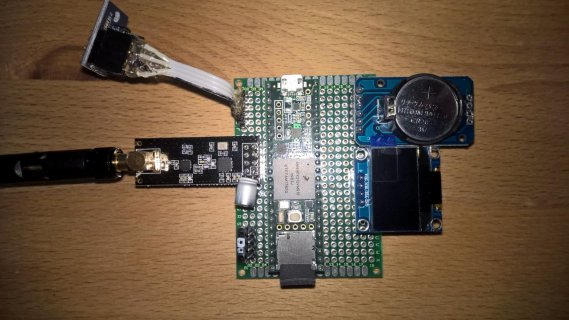
First 3 pictures are I2C, the next 4 are SPI (MISO, MOSI, 2x clock).
Hardware: Teensy 3.5 with: SSD1306_128X64 OLED, DS3231 RTC, BME280 sensor and on SPI is a nRF24L01+ transceiver.
Look at those artefacts in I2C and its slow rise time... what is going on there?
The SPI doesnt look too good as well, but I dont know if that might be normal.
I2C has 4,7k pullups (see picture) and it doesnt seem to be the external hardware causing this, it works fine with atmega328p (Pro Mini) and still persists with a different radio and BME280.
Both I2C and SPI cause intermittent issues due to this, so RF not receiving and the sensor not reading data once in a while.
Im up to suggestions now after trying to find the problem for lots of hours and reading nearly everything about issues with nRF24L01+.
So... wiring or the teensy 3.5?
I could pull the Teensy 3.5 out and "hotwire" a Teensy 3.2 in the same slot as well as redo the wires...
But for now I want to see what you guys say. And others can find this thread if they happen to get such weird problems as there is nothing like this so far.











